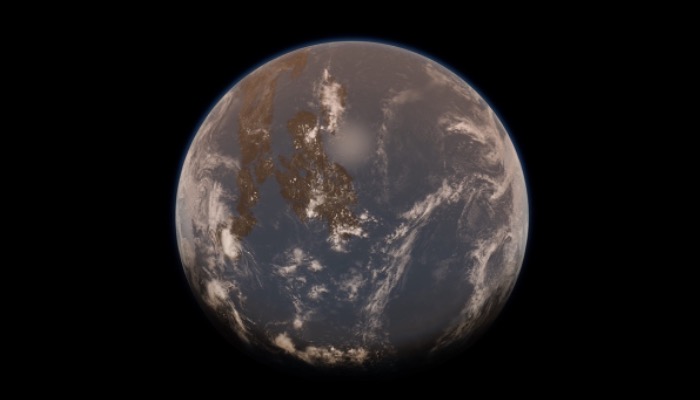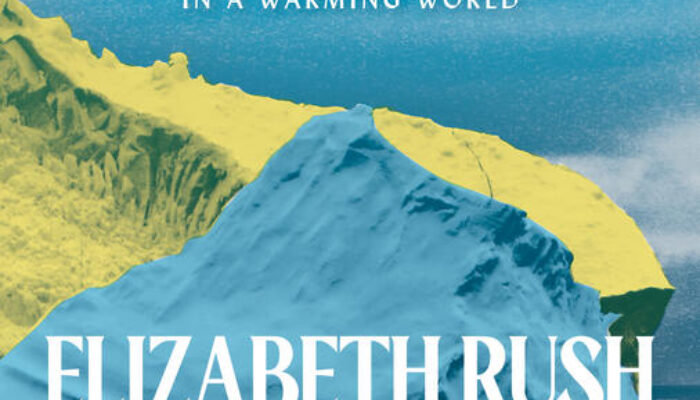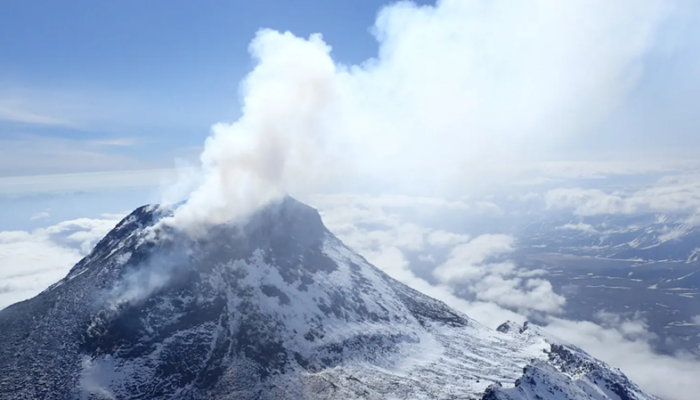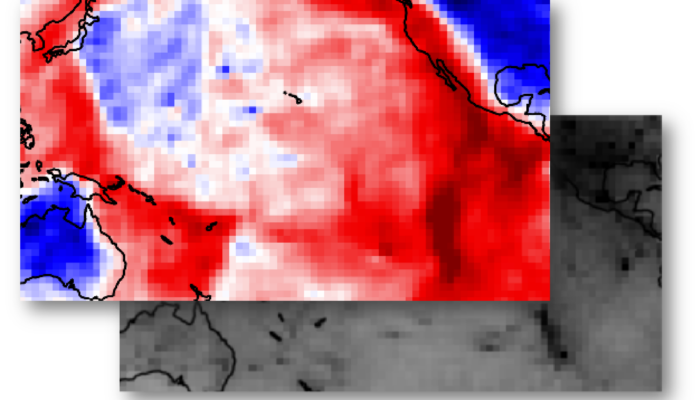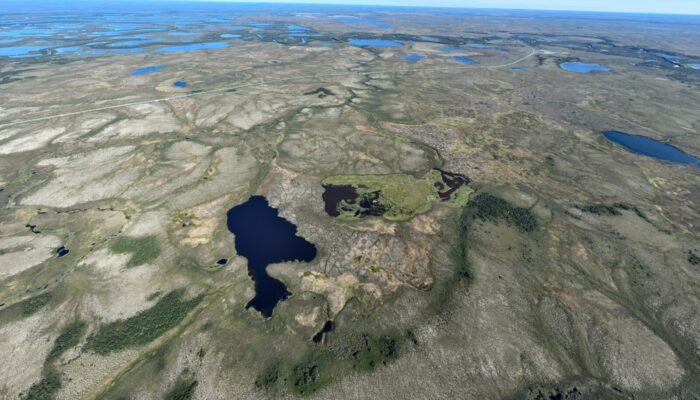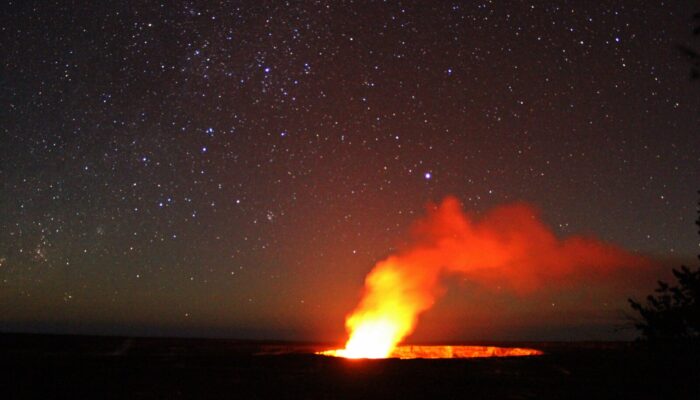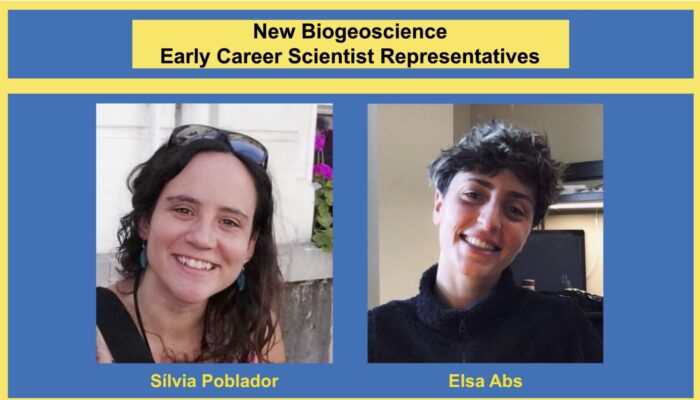Have you ever thought about convening an EGU session instead of just attending them? Until September 9th you have the chance to do just that for the 2025 General Assembly, which will be taking place from April 27 to May 2 in Vienna, Austria. Convening a session can sound a bit intimidating, especially if you’ve never done it before or if you are an early career scientist. However, it’s an i ...[Read More]
Geodynamics
Modeling the Early Earth: Idealization and its Aims I
The question of how we came to be is closely tied with how the Earth became what it now is. What was the early Earth like? How did it evolve to become a habitable world? Given a fragmentary rock record, how can we investigate the early Earth and its evolution? Dr. Junjie Dong from Caltech writes about modeling the early Earth in a two-part blog. For the first part, he introduces the approach to e ...[Read More]
Cryospheric Sciences
Cryobook review: The Quickening
Even before its publication, my partner stumbled over the book The Quickening by Elizabeth Rush on Twitter and send it to me. In this book, Rush describes her journey to Thwaites Glacier and – as I was very curious about it – I bought it immediately after its release. It is not only documentary work about the journey, but also a meditation on responsibility, motherhood and life in a world of chang ...[Read More]
Geochemistry, Mineralogy, Petrology & Volcanology
Volcanism, anthropogenic carbon dioxide emissions, and mass extinctions
Only a very small fraction of the energy produced by nuclear fusion in the Sun (3.82 x 1023 kW) reaches the top of the Earth’s atmosphere (1.7 x 1014 kW), and then only about 50% of it reaches the Earth surface, where it is absorbed by the oceans and land. This energy is radiated back as longwave infrared radiation, which is partially absorbed and after reradiated downward to the surface by the gr ...[Read More]
Geodynamics
The uncertain tomographic lenses
Geodynamicists often try to answer scientific questions related to the Earth interior, but direct observations of such depths are rather limited–unless you are character in a Jules Verne’s novel or a prominent scientist in the movie The Core–. A way to deal with this issue is to rely on indirect methods, with seismic tomography being one of the most widely used by geoscientists. Howeve ...[Read More]
Cryospheric Sciences
Climate Change & Cryosphere – Can the smallest ice make the greatest impact?
The cryosphere comprises all the ice on Earth, from glaciers in Antarctica, icebergs floating in the ocean, to millimetric ice found in the soils. Soil can hold ice wedges and ice lenses, but there are small ice reservoirs that are usually overlooked: the pore ice. Pore ice is an unknown compartment whose role regarding matter degradation is yet to be determined… stay with us and you will see that ...[Read More]
Geodesy
Around the world with Professor Vening Meinesz onboard the submarine K-XVIII: The Origin of Flexure Modelling
In my previous blog post, I wrote about the famous voyage of Professor Vening Meinesz aboard the submarine K-XVIII. At 30 meters underneath the surface, Vening Meinesz would observe the gravity field of Earth with a pendulum apparatus called the Golden Calf. In this post, I would like to discuss a different voyage the professor took part in. Normally the Dutch submarines took the Suez Canal to sai ...[Read More]
Geodynamics
The Sassy Scientist – Gotta Bake ‘Em All
Is it summer already? Have we come to the horrendous deadline period before the holidays? I know it’s impossible, but when you close your eyes, do you imagine the sea or the mountains? (Choose your fighter: Lapras or Machamp.) Luckily, we have a question that will give you a break from all this and act as a refreshment for that hot weather. I guess Emi is preparing for the holidays with the family ...[Read More]
Biogeosciences
Five questions to our new Biogeoscience Early Career Scientist Representatives
There have been some changes in our division lately! The most important one is the election of our two new ECS Representatives: Elsa Abs and Sílvia Poblador! Sílvia and Elsa will be responsible for all things early career in the BG Division during the 2024 – 2026 term. We took the opportunity to ask them some questions about their scientific journeys and their plans for the upcoming year. W ...[Read More]
Hydrological Sciences
Call to participate to the public consultation for the Water4All-Partnership
Those of you who are active in proposal writing might know the programme Water4All Partnership – Water Security for the Planet. It is a funding programme for scientific research in freshwater with the goal to address urgent water-related challenges. The programme is co-funded by the European Union within the frame of the Horizon Europe programme (lasting until 2027) and includes 90 partners ...[Read More]


